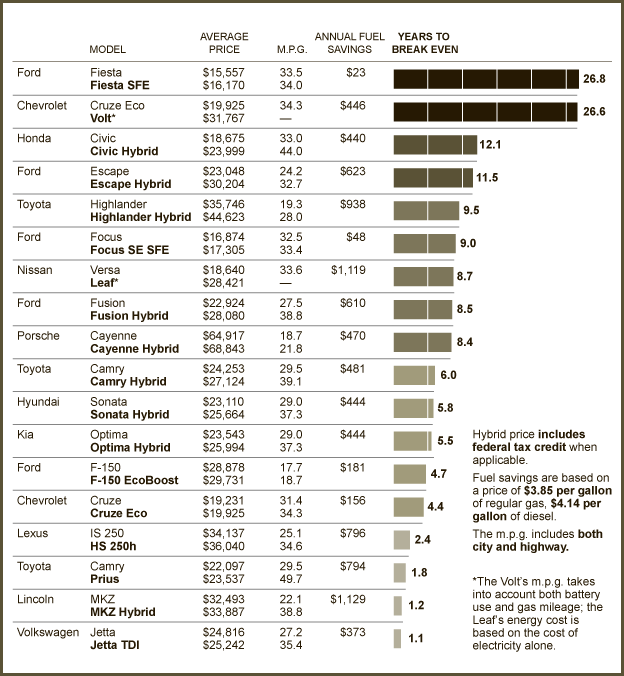 Consumer prices will increase by more than $11,000 just from 36 of the Obama Administration’s regulations, reports the American Action Forum (AAF).
Consumer prices will increase by more than $11,000 just from 36 of the Obama Administration’s regulations, reports the American Action Forum (AAF).
It’s a wallop to the jaw for everyday people. AAF’s research finds this includes higher-priced vehicles, pricier household goods, and more expensive food. “Energy-efficiency” standards are the biggest reason for higher prices.
Of course, politicians and bureaucrats claim they’re saving us money. So ask yourself, Have YOU saved $11,000 thanks to federal regulations?
THE GIMMICKS:
Typically, agencies speculate that IF buyers keep using the mandated energy-saving products for long enough, they eventually will have a net gain. That’s IF things don’t wear out (or a light bulb doesn’t burn out).
As The New York Times researched and reported in 2012 about automobiles, projections of fuel savings often presume that consumers will keep their cars twice as long as is normal. Plus their study presumed gasoline would cost almost $4.00 a gallon. Projected “savings” also are not offset against interest paid on loans to buy more-expensive products, nor the extra repair charges to make old things last longer.
Another Times story reported: “A car buyer who lays out an extra $6,200 extra to buy the hybrid version of the Lexus RX will get the money back in gas savings within five years, according to Consumer Reports magazine, but only if gasoline averages $8.77 a gallon.”
Here is a chart the NYTimes published:

SOME HIGHER COSTS IN THE AAF STUDY:
In AAF’s research, these are some of the higher prices they found linked to Obama Administration regulations:
Vehicles: $9,150
Household Consumer Products: $1,639
Mortgage: $362 (annual)
Energy: $135 (annual)
Health Care: $108 (annual)
Food: $14 (annual)
Dishwashers ($44 increase)
Clothes washers ($18 increase)
Refrigerators ($83 increase)
Fluorescent Lamps: $1.80
Microwave Ovens: $14
Air Conditioners: $320
Dishwashers: $44
Food: $14
Mortgages: $362
American Action Forum’s study, aided by the George Washington University’s Regulatory Studies Center, covered only the rules judged “economically significant,” meaning each had more than a $100-million impact on the national economy.
Source: The Consumer Price of Regulation: Research from the American Action Forum
